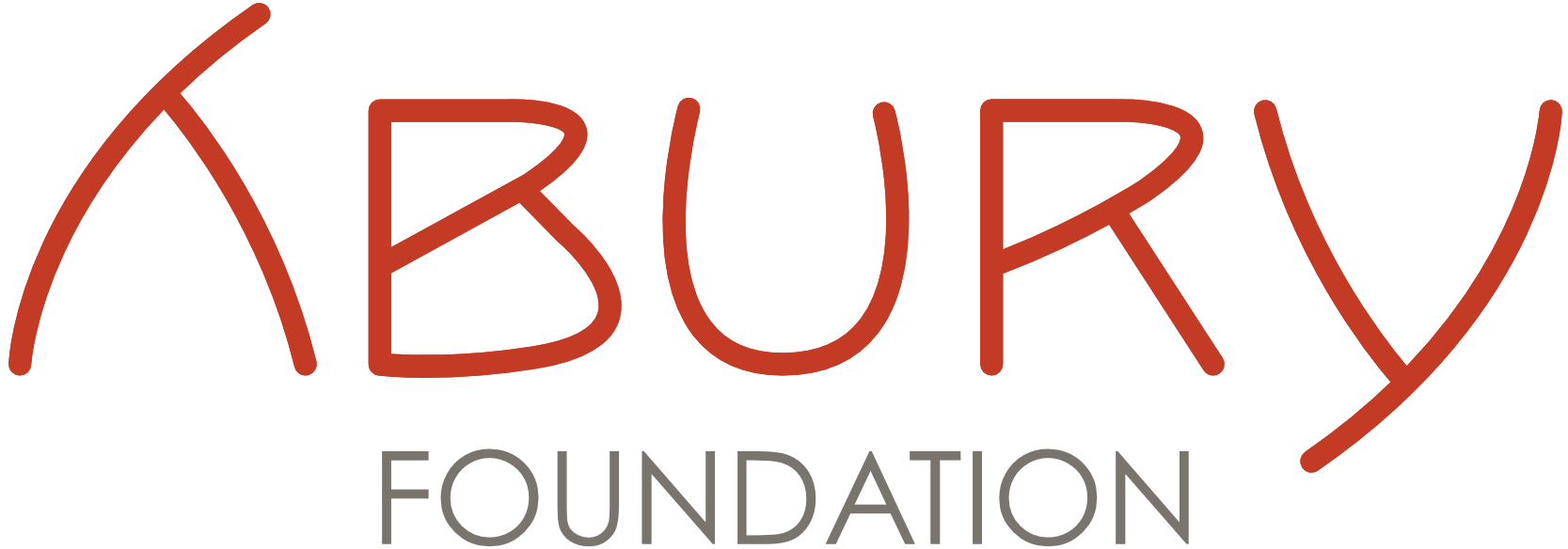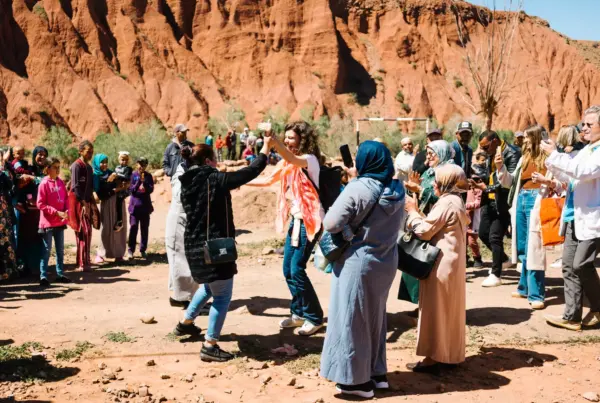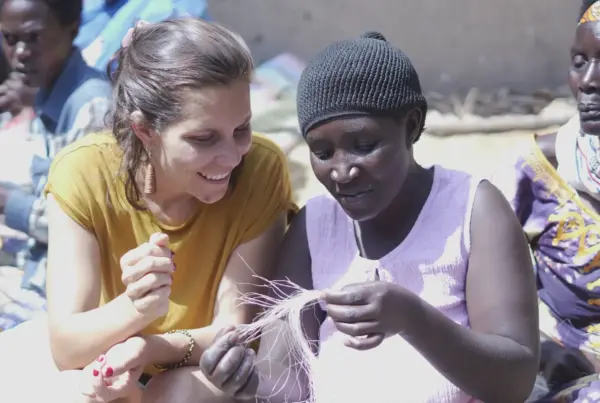Xiomara Bender, born in Basel in 1987 and now living in Berlin, is known for her unmistakable visual language. On her travels, she documents people in everyday situations, always with empathy and respect for the individual. Xiomara Bender’s creative work has been awarded numerous national and international prizes – including the C / O Berlin Foundation “Close Up!”, The London Fine Art Photography Award and the German Photo Book Prize 2018 in silver for her illustrated book “North Korea. The Power of Dreams “, which was published in 2016 by the renowned Kehrer Verlag.
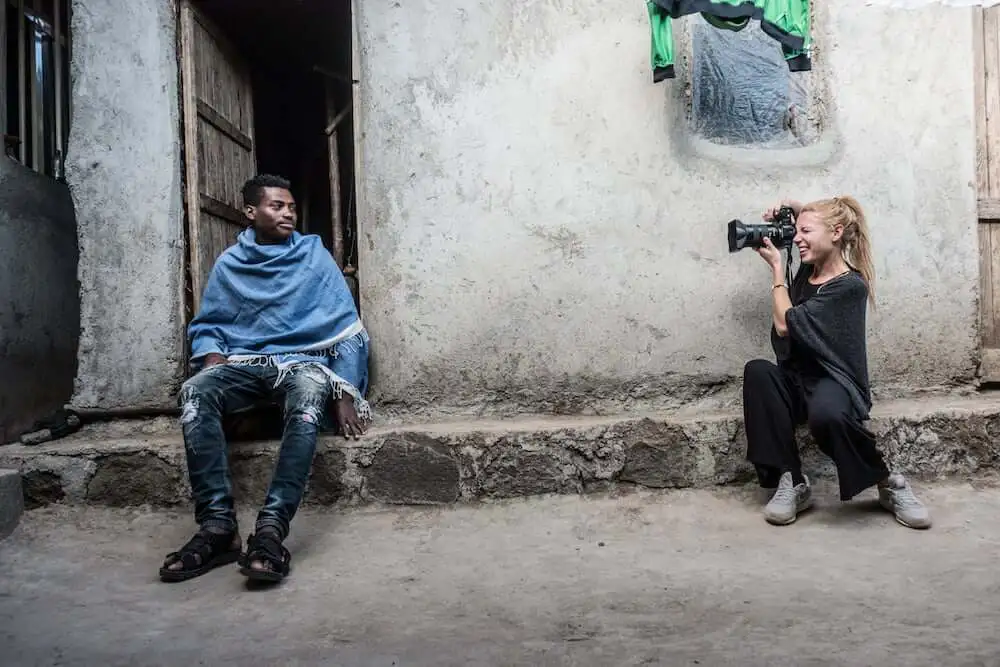
With her uncompromising freedom from conventions, Bender lives an art in which ignorance is not an option. One where tolerance and authenticity are a form of expression. This unpretentious and authentic way of documenting people all over the world and her passion for foreign countries and cultures made her the perfect photographer for the third PortrAid series, initiated by Andrea Bury, the ABURY Foundation and Thomas Rusch: for “Get Art . Give Work. ” Xiomara Bender photographed Ethiopian weavers in Addis Ababa. 38 resulting PortrAids are for sale and enable the buyer to finance a loom for the artisan and his family shown. The PortrAid series will be on display in the Leica Gallery in Nuremberg until April 2021.
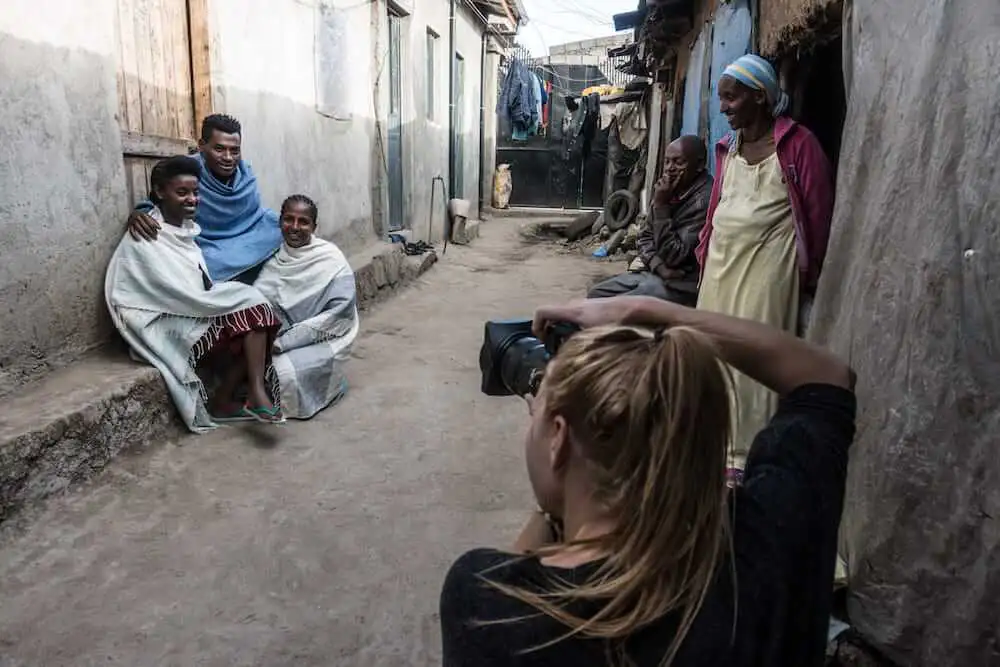
Xiomara Bender, please describe yourself in three words.
Curious, passionate, thoughtful.
At ABURY everything is handmade because we believe that “hands tell stories”. What do your hands say about you?
The story of a girl who was fortunate enough to have an extraordinary childhood, shaped from an early age by extensive journeys to some of the most remote and pristine landscapes, populations and nations on earth. In this way, at an age I was confronted with cultures and people that were very different from my own, which taught me to adapt naturally and to put my perspective on a new point of view that was not above, but at eye level with me brings people around me. I think this helped me gain unique photographic insights by using a universal language that was shaped by mutual respect and a natural curiosity. I expect things to be different when I move to a new place, so I always want to be enlightened rather than confused, bewitched rather than surprised by what I find.
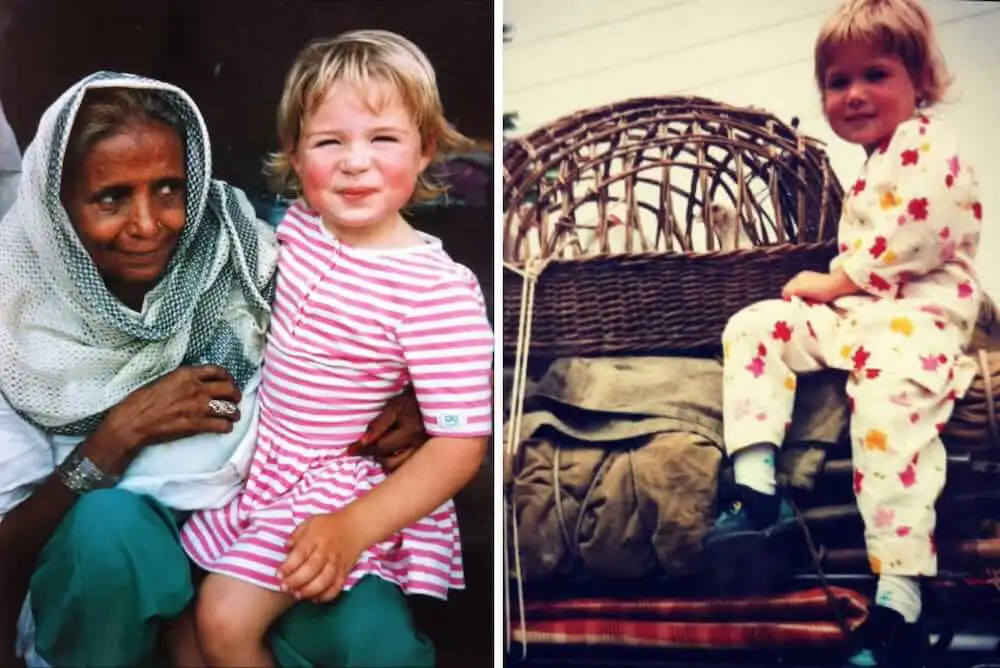
What’s the last thing you created with your hands (without holding a camera)? 🙂 🙂
Actually, hands and feet are my favorite body parts. I think that they make us human at the core and that they allow us to connect with others as well as to be ourselves. So I keep creating relationships with my hands.
If you could choose, what would you like to be able to do with your hands?
There is this hidden dream that I have, and which I dream very vividly from time to time, to be a real rock and pop star performing in Woodstock. But believe me, I really can’t sing. So aside from the voice it would take, I’d love to play guitar like Eric Clapton and write songs with my hands like Neil Young.
When you look back on everything you’ve done in your life, what’s the one thing you’re most proud of?
I think that would be my book “North Korea. The Power of Dreams”, which was published by Kehrer at the end of 2016. My hope is that it will serve to create empathy for people who are different from us and put an end to the arrogance and superiority that we have persecuted in the western world for so long. Via the emotions captured in a picture, we connect and begin to see individuals rather than their nations. I would like to help create a basis from which a dialogue can arise.

The ABURY Foundation is based on the belief in equality and in the value of sharing and working together. In your opinion, how does our global society benefit from intercultural exchange?
It teaches us to move outside of our own comfort zone in order not to interact and work with strangers, but with people who share the same planet earth and therefore bear the same responsibility to preserve what we want to give future generations alike. It is fundamental to this global mission to treat one another with respect and to recognize that we are all the same and share the same basic human desires. It is only through intercultural exchange that we learn to let go of our prejudices and expectations of others and instead become involved in our common global pursuit of a better future.
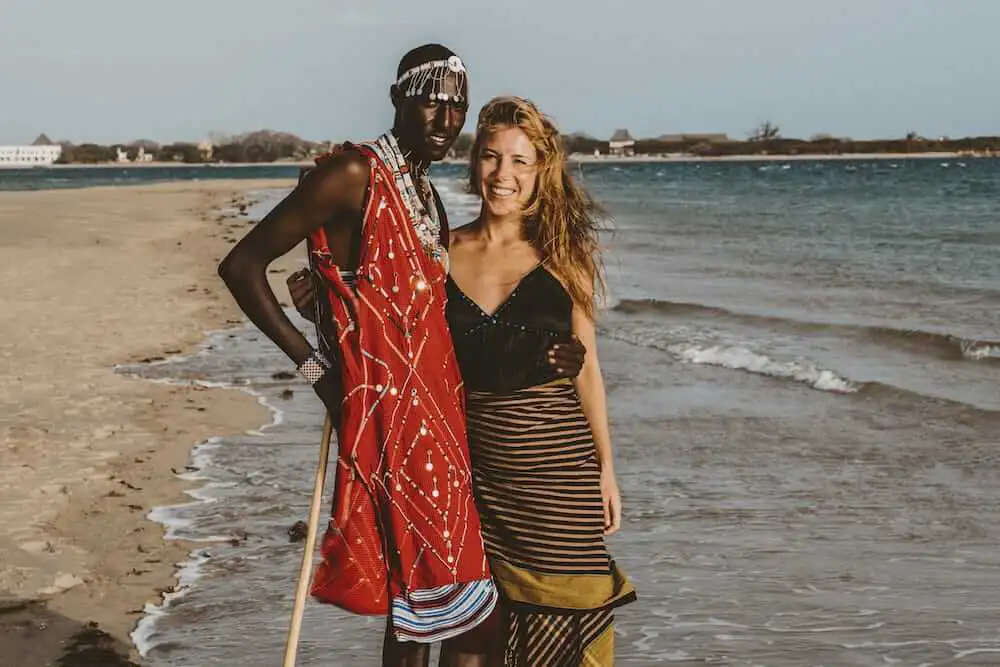
.. and to be more precise: What does the intercultural exchange bring for art and photography?
It opens the doors to a global art stage, on which everyone participates, shares, participates, amazes and gets involved – a forum in which art is no longer bound by borders, but by the fantasy and imagination of the world around it is expanded.
Last year you traveled to Ethiopia with our PortrAid team to photograph the new series of portraits. What is the difference between Ethiopia and other countries? What does it have that no other culture has?
There are only two countries in African history that are believed to have survived the battle for Africa and remained independent during the invasion, division and violent rule of Africa by European nations – and one of them is Ethiopia. Not even Italy managed to colonize the entire country, in part due to the strong cultural identity of the Ethiopians. Also very different from the surrounding African countries, Christianity spread in Ethiopia as early as the 4th century and experienced increasing popularity, which makes Ethiopia one of the oldest Christian countries in the world. To this day, the Ethiopian Orthodox Church is the most important denomination of the Ethiopian population. In addition, Ethiopia is the seat of the headquarters of the African Union (which comprises 53 states and acts as a kind of “EU”) and one of the oldest countries in the world with a thousand year old Cultural history.
What story do your portraits tell the viewer about the people of Ethiopia?
The dignity of man is inviolable. If you really want to help, you have to go beyond the mere statistics that hide the suffering of the unknown. The faces of the people portrayed show us their willingness to cooperate and share their story with the ultimate hope of bringing about a more just, equitable and dignified future.
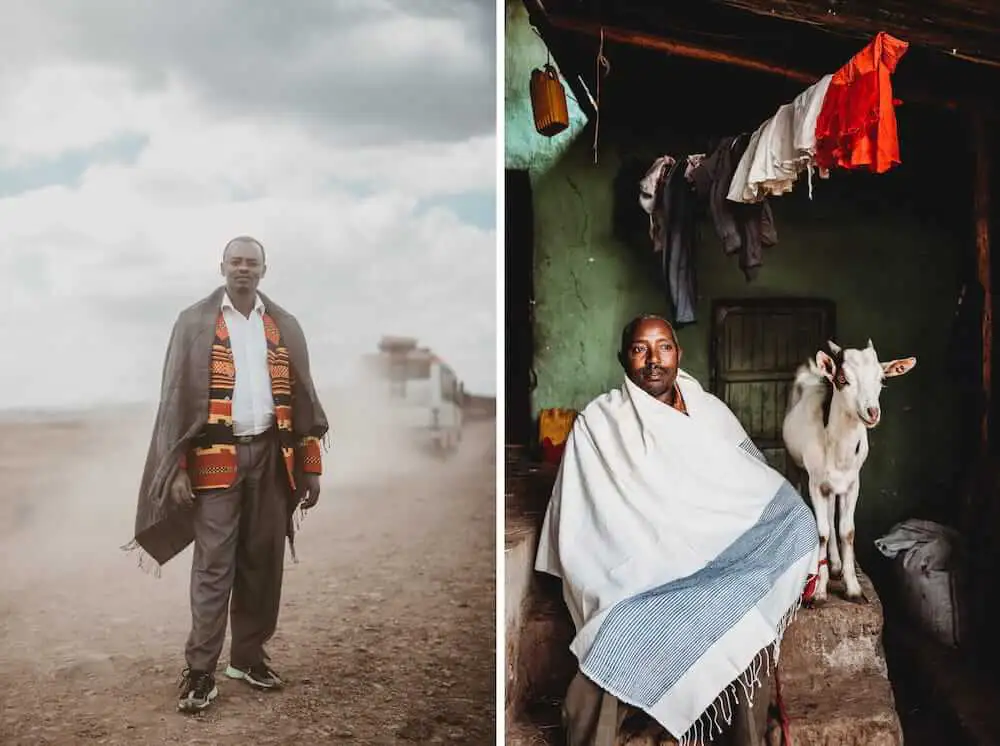
Finally, we come to the scarves that you used to depict the artisans. What makes them special?
They can be worn in winter to keep warm. They can be worn in summer as a kikoy, as worn by the Masaai. You can use them as a towel on the beach and even as a turban on your head. Since I only travel with hand luggage and the temperatures sometimes fluctuate from -20 to 40 degrees, it is the perfect accessory.
